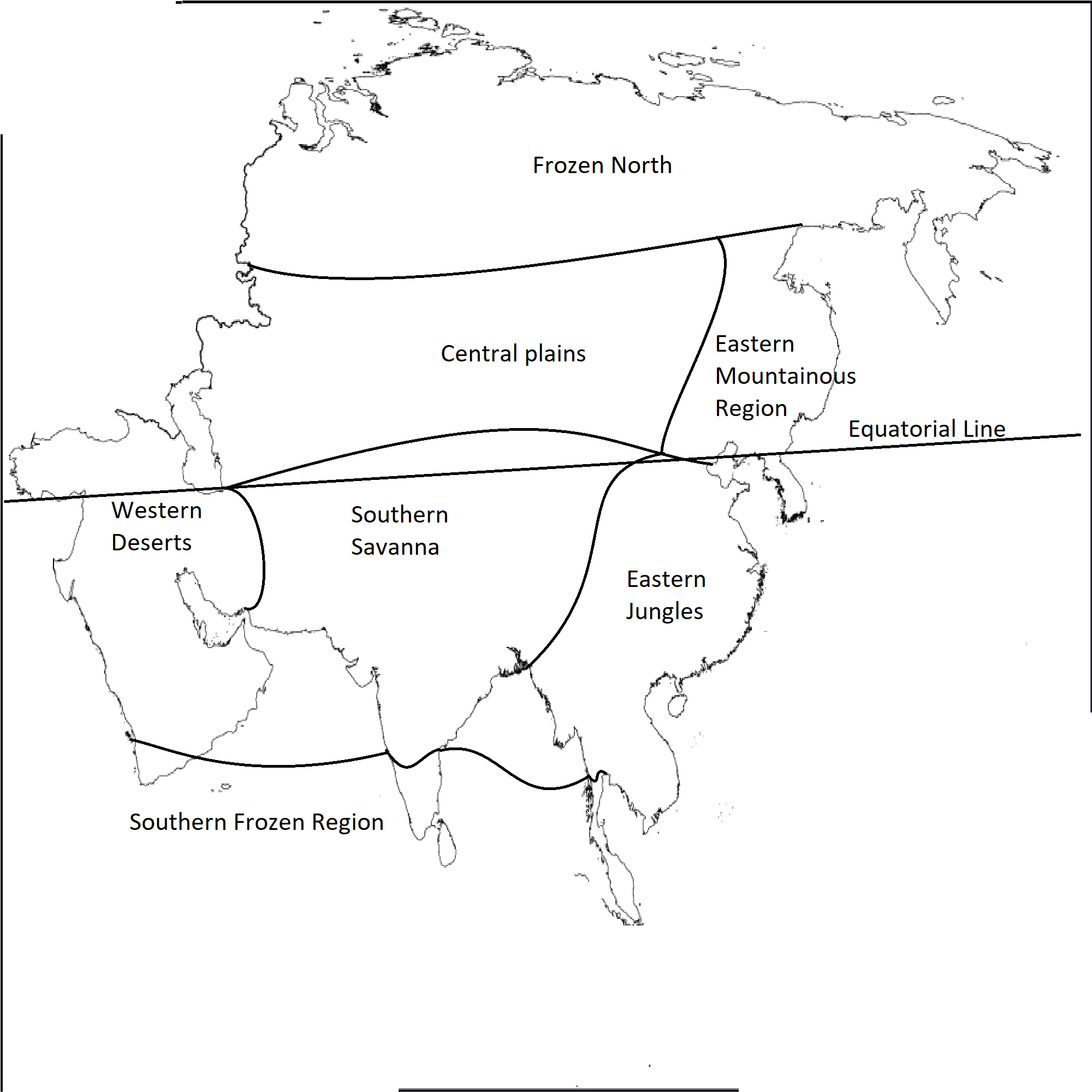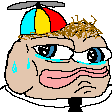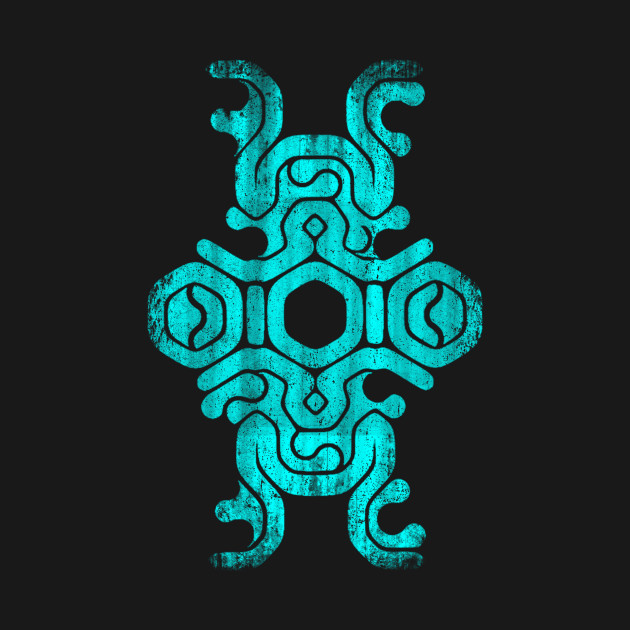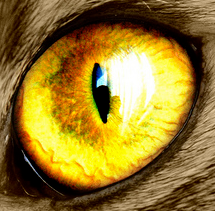Demi-Human
Basic Information
Anatomy
Growth Rate & Stages
Ecology and Habitats
Dietary Needs and Habits
Additional Information
Social Structure
Domestication
Uses, Products & Exploitation
Facial characteristics
Geographic Origin and Distribution
Average Intelligence
Perception and Sensory Capabilities
Civilization and Culture
Beauty Ideals
Gender Ideals
Major Language Groups and Dialects
Common Dress Code
Common Customs, Traditions and Rituals
Common Myths and Legends
Interspecies Relations and Assumptions
Remove these ads. Join the Worldbuilders Guild













Looks pretty interesting so far, although some bits feel a little too vague at the moment, at least to me: Anatomy & Morphology: I would go a little more into detail here on the types of variations you have, because while you mention them as being animal-like, but I cannot imagine what these beings look like at all. What sorts of fur do they have? What sorts of animals are they based off? Are they more human than animal, or the reverse? Can multiple animal types be mixed into one (ie horns on a cat-like human)? Ecology and Habitats: Maybe "any environment" might be a bit of a stretch. If they adapt at an exceptionally quick rate, it would generally take a while before an individual with thick fur can learn to survive in a desert. What are the "central and southern regions" exactly? Is there a map for this? There is a bit of an issue here because you stated earlier that they were "native to the savanna and plains biomes of the south and central regions" but then in this section you mention "the central and southern regions where the climate is warm and wet and the ground is flat and empty." I think a map would really help us figure out exactly what you mean, or just add a bit more detail as to why these climates are preferred over others, along with why you mention multiple climates for the same locations (unless it is a mistake). Dietary Needs & Habits: A bit of an issue here. You mention that they are carnivores due to their "high number of fangs and incisor teeth" but what are you comparing them to? What is a high number of fangs and incisors? How many teeth do they have exactly, because humans have fangs and incisors as well. If you compare skulls of canines to humans, you will see similarities in their front dental structure, although canine molars are designed for a different purpose than ours. Also you do not actually mention any dietary needs. "Carnivores" can mean a lot of things. What sort of animals do they eat? What about the ones who aren't carnivores? Social Structure: You do not really explain the social structure here, who is at the top and bottom of the social ladder? Are these creatures even smart enough to develop a political system based off outside influences? Why exactly did they start shifting to the new democratic or monarchic systems? Societies do not just switch political systems and in a majority of cases they must be forced to do so in an effort to fix flaws with their original system. Domestication: "However, the domestication was a short lived part of the Demi-humans and those who were have since ceased to exist" the whole sentence seems off, can't really explain. How did the Emporians influence their culture in the way it did when all they seemed to do was capture and enslave these individuals? Uses, Products & Exploitation: Could use a bit more detail. You can describe both the jobs in great detail and when/ where they were most prevalent. Facial Characteristics: Who/ what are their wild counterparts? This kind of goes back to their appearance. Major language groups and dialects: If their original languages died, how do they communicate now? It's extremely difficult to snuff out ALL methods of communication. Common Dress code: "It's common to see cross dressing or lack of gender identifying clothes." There is no definition here of cross dressing or gender-identifying, so really there is no real detail in exactly what they wear when they are not naked. If it is based off Emporian clothing, that probably should be stated and explained more. Common Customs, traditions and rituals: That is a REALLY cool section. I think that could be its own article on its own. Needs a bit more detail, but that's probably one of my favorite things in this whole article. It sounds really cool, I do wish there was more! Overall, a bit lacking in detail but you have a strong start. I think images can really help you out if you are uncertain as to how to explain this species, but it's nothing a bit more writing can't fix. I would say to put a bit more effort in actually describing their appearances, because that is the one thing really missing out of this whole article. You've got a bit of history over here and something else over there, but there just isn't enough to paint an image of what these creatures look like. That leaves it up to our imagination but in your effort to make a book, you might want to include that. Good luck, hope I helped somehow.